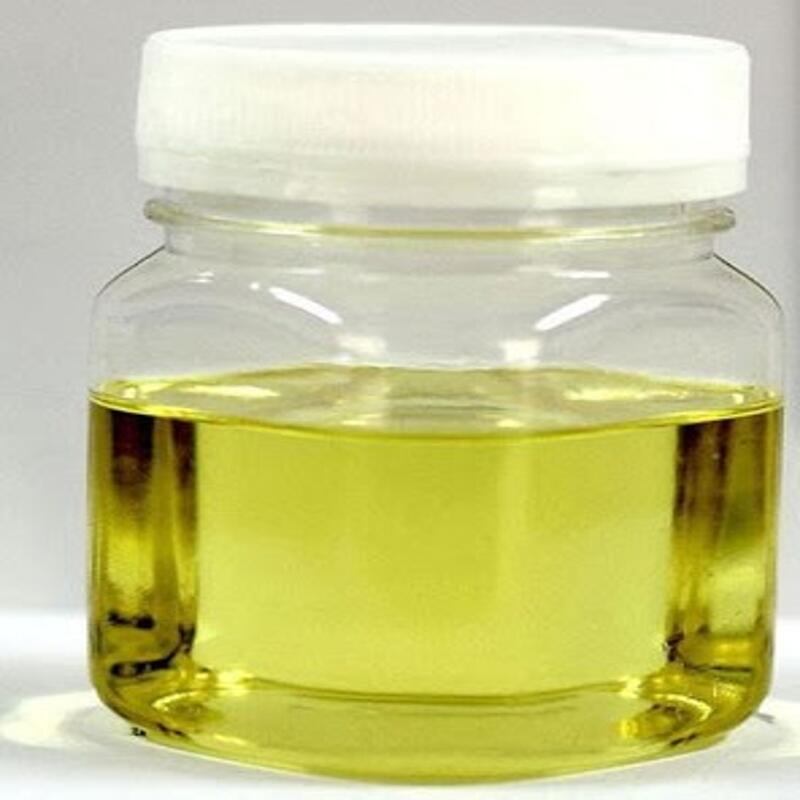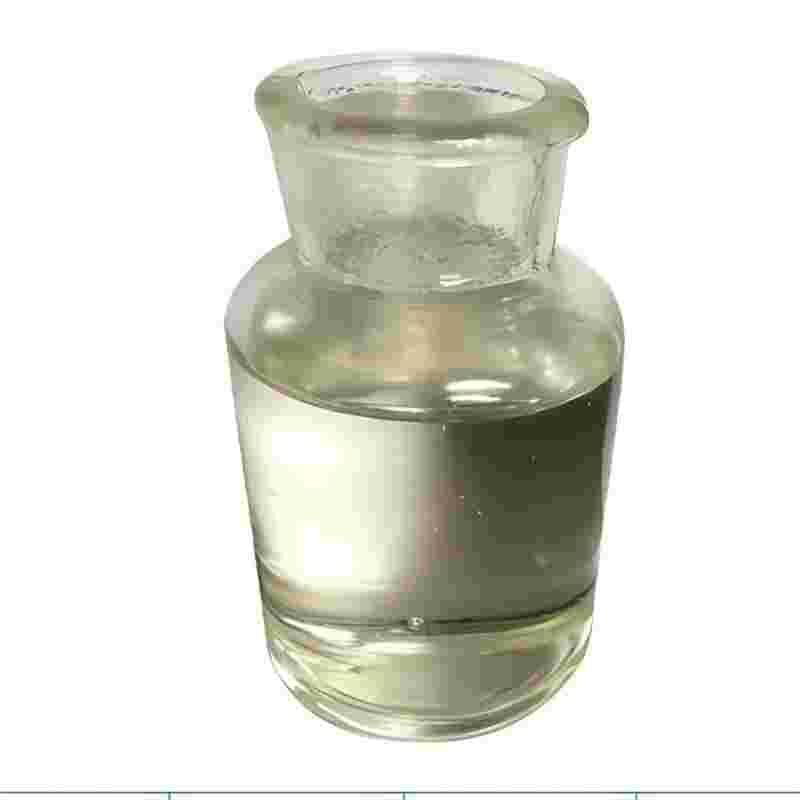-
Categories
-
Pharmaceutical Intermediates
-
Active Pharmaceutical Ingredients
-
Food Additives
- Industrial Coatings
- Agrochemicals
- Dyes and Pigments
- Surfactant
- Flavors and Fragrances
- Chemical Reagents
- Catalyst and Auxiliary
- Natural Products
- Inorganic Chemistry
-
Organic Chemistry
-
Biochemical Engineering
- Analytical Chemistry
-
Cosmetic Ingredient
- Water Treatment Chemical
-
Pharmaceutical Intermediates
Promotion
ECHEMI Mall
Wholesale
Weekly Price
Exhibition
News
-
Trade Service
2-Ethylhexyl (2-ethylhexyl)phosphonate, also known as 2EH4P, is a widely used chemical in the chemical industry.
It is used as a plasticizer in the production of plastics, as a surfactant in the production of personal care products, and as a solvent in the production of various industrial products.
Despite its widespread use, there have been concerns about the safety of 2EH4P.
In this article, we will explore the potential risks associated with this chemical and the steps being taken to ensure its safe handling and use.
Potential Health Risks:
One of the main concerns with 2EH4P is its potential to cause health problems.
Studies have suggested that exposure to high levels of 2EH4P can be harmful to human health.
Inhalation of the vapor or dust can cause respiratory problems, while ingestion of the chemical can cause nausea, vomiting, and diarrhea.
Long-term exposure to 2EH4P has also been linked to an increased risk of cancer, particularly in the liver, lungs, and kidneys.
However, it is worth noting that the evidence for these health risks is not conclusive, and more research is needed to fully understand the potential effects of 2EH4P on human health.
Safe Handling and Use:
To minimize the potential risks associated with 2EH4P, it is important to handle and use the chemical safely.
This includes wearing appropriate personal protective equipment, such as gloves and respirators, and following proper handling and storage procedures.
It is also important to ensure that the chemical is stored in a secure location, away from children and pets.
In addition to safe handling, there are also steps that can be taken to minimize exposure to 2EH4P.
This includes using ventilation systems to remove the chemical from the air, and providing training to employees on how to safely handle and use the chemical.
Regulatory Measures:
There are various regulations in place to ensure the safe handling and use of 2EH4P.
In the United States, for example, the Occupational Safety and Health Administration (OSHA) has established regulations for the







